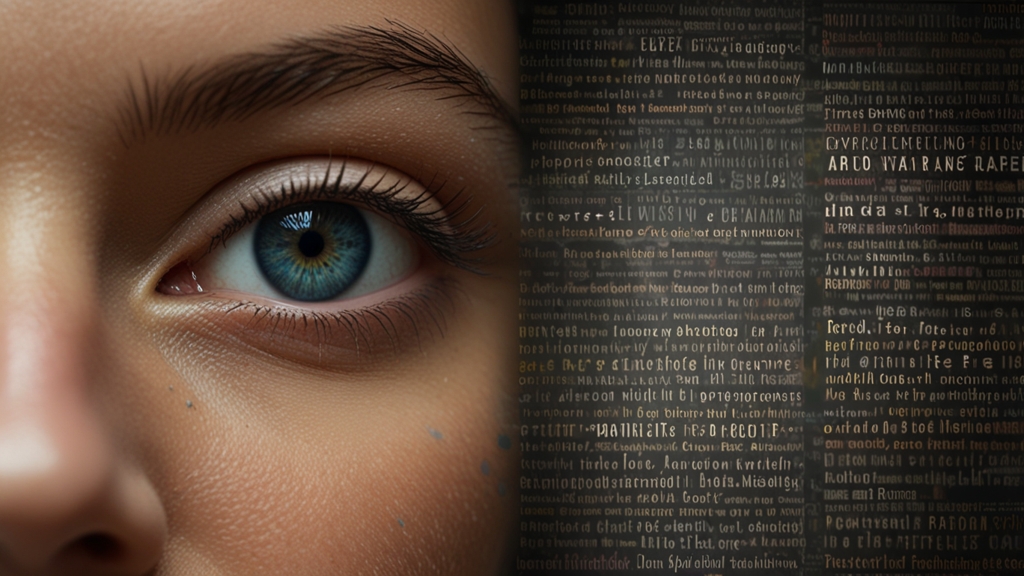Why Crucifixion Remains Relevant in Today's Society
The term "crucifixion" historically refers to the method of execution wherein an individual is nailed or bound to a cross, a practice most notoriously associated with the execution of Jesus Christ. While the physical act of crucifixion has long since been abolished, its symbolic and cultural relevance continues to persist in modern society across various contexts. From religious devotion to artistic expression and psychological reflection, crucifixion remains a potent symbol that resonates deeply among different audiences.
Religious Significance
Undoubtedly, the most significant context in which crucifixion remains relevant today is within Christianity. The crucifixion of Jesus is central to the Christian faith, embodying themes of sacrifice, redemption, and love. Christians around the world venerate the event through rituals such as the Eucharist, sermons, and the observance of Good Friday.
These rituals and their underlying messages of forgiveness and salvation offer comfort and moral guidance to countless individuals. The image of Jesus on the cross serves as an enduring reminder of their beliefs and commitments. It's not just a moment of historical importance; it is a living symbol that continues to inspire and unite people across the globe.
Artistic and Cultural Representation
Beyond its religious context, crucifixion imagery transcends into art and culture. Artists for centuries have depicted the crucifixion scene to explore themes of suffering, human frailty, and spiritual questioning. Paintings, sculptures, and more recently, films, use the crucifixion as a powerful allegory to delve into complex emotional and ethical landscapes.
"The cross, with its stark, linear structure, conveys a sense of austerity and finality. It serves as a canvas upon which the most profound questions about existence, morality, and human suffering are projected."
This exploration goes beyond a mere historical recounting. It enables viewers and audiences to engage with deep, often uncomfortable questions that might otherwise remain unexamined. The continued use of crucifixion in modern narrative and visual art exemplifies its enduring relevance as a symbol for expressing the complexities of the human experience.
Psychological and Metaphorical Interpretations
On a psychological level, the concept of crucifixion has also found its place in discussions about human suffering and resilience. The notion of "bearing one's cross" has become a universally understood metaphor for enduring personal hardship and confronting life's challenges with a sense of purpose and dignity.
Modern psychology often explores themes of sacrifice, altruism, and personal responsibility, which are encapsulated in the narrative of the crucifixion. Therapeutic disciplines may use these themes to help individuals process suffering and find meaning in their struggles. This metaphorical interpretation of crucifixion adds another layer to its relevance as it extends into personal and community resilience and growth.
Social and Ethical Reflections
In addition to personal and communal interpretations, crucifixion remains a powerful symbol in social and ethical discourses. It questions what society values and condemns, spotlighting issues of justice, oppression, and moral integrity. Debates concerning human rights, capital punishment, and social justice occasionally invoke the crucifixion narrative to illustrate various points of view.
"The figure of a crucified individual serves as a stark reminder of the consequences of societal actions and inactions. It raises critical questions about who is marginalized, who is punished, and what sacrifices are deemed necessary."
This perspective invites a broader, more integrative dialogue about the structures and systems that shape our world. It challenges modern society to reflect on its principles and actions and consider the need for empathy and systemic change.
Conclusion
The practice of crucifixion may belong to a bygone era, but its symbolic, cultural, and ethical residues continue to permeate today's society. Whether through religious observance, artistic expression, psychological metaphors, or social reflection, the crucifixion remains a multifaceted symbol rich in meaning and relevance. As such, it challenges each generation to confront profound questions about human nature, society, and the divine, making it an enduring element of our collective consciousness.








